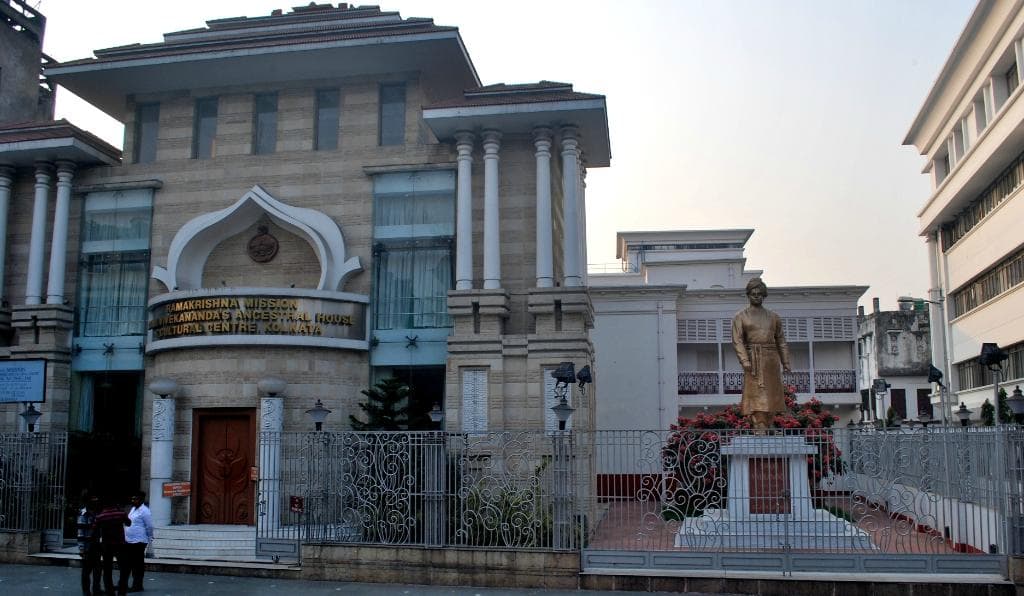
Swami Vivekananda Ancestral House
Birthplace of Swami Vivekananda, now a cultural museum preserving his legacy and 19th-century Bengali life. Inspiring and affordable.
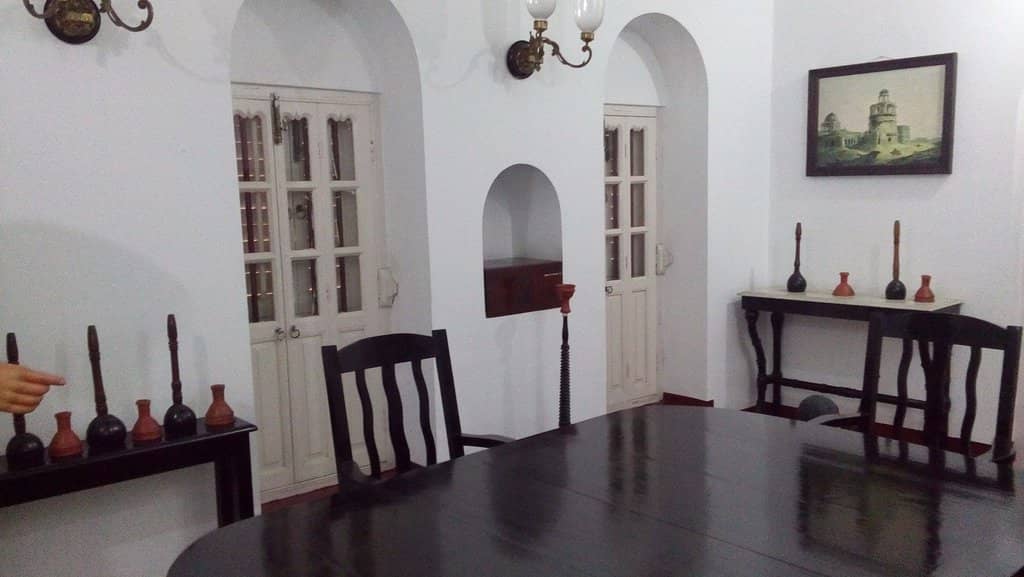
Highlights
Must-see attractions
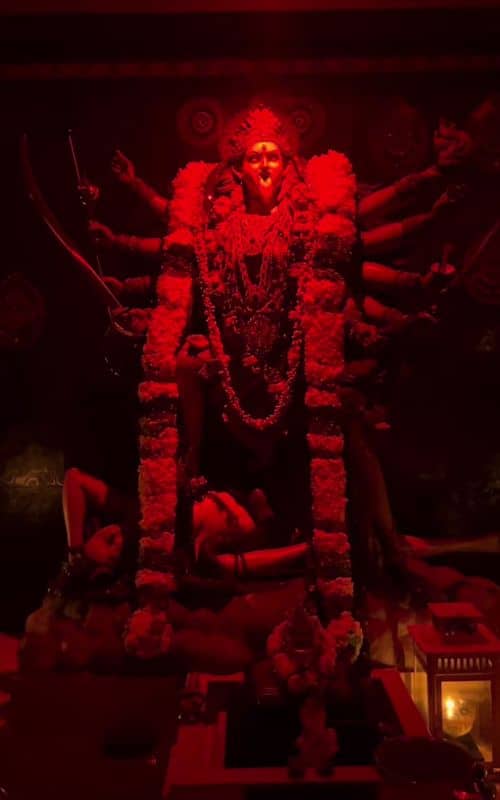
Social
From TikTok & Reddit
Best Time
Fewer crowds, more peaceful

Swami Vivekananda Ancestral House
Best Time
Fewer crowds, more peaceful

Highlights
Must-see attractions
Birthplace of Swami Vivekananda, now a cultural museum preserving his legacy and 19th-century Bengali life. Inspiring and affordable.
"A must-visit for anyone seeking inspiration or wanting to connect with the legacy of one of India's greatest spiritual leaders. "
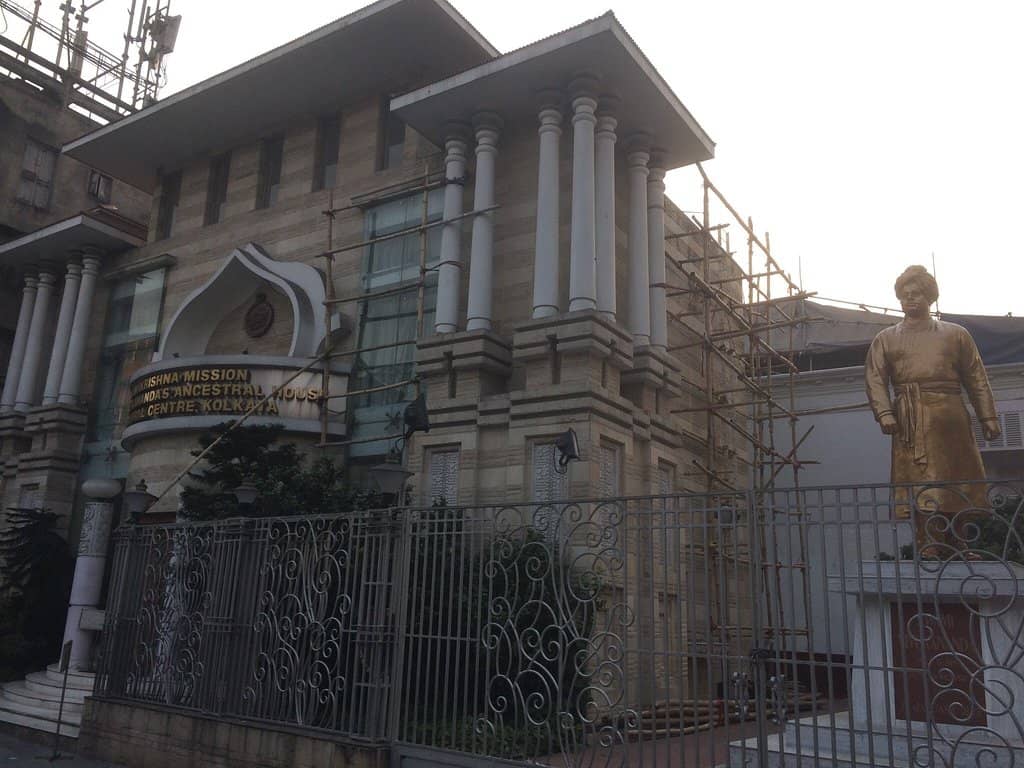
🎯 Affordable Entry Fee
Only ₹10 to enter! A small price for a deeply inspiring experience.
🤫 Silence is Golden
Photography is strictly prohibited inside. Maintain silence to respect the sanctity of the place.
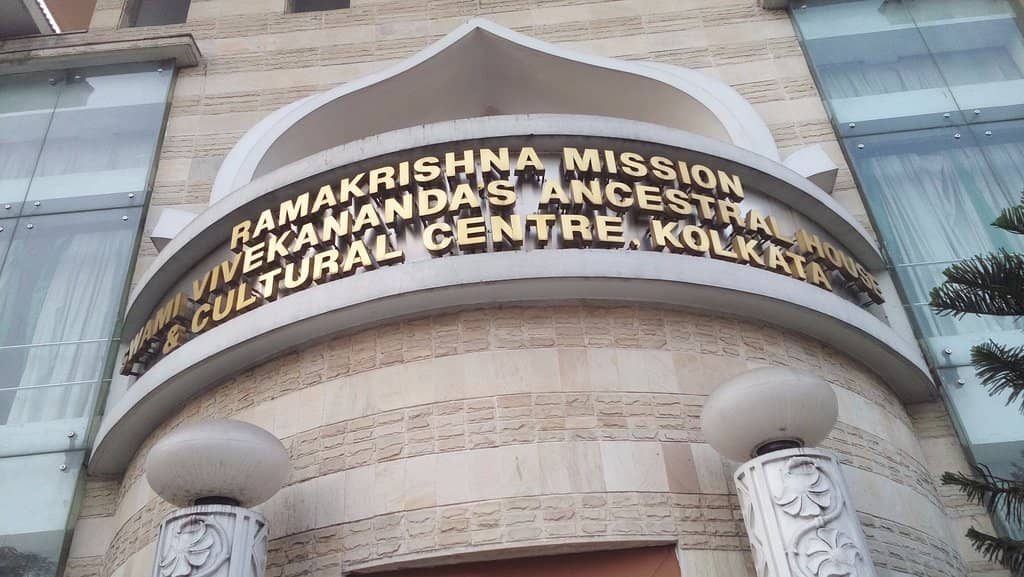
Highlights
Discover the most iconic attractions and experiences
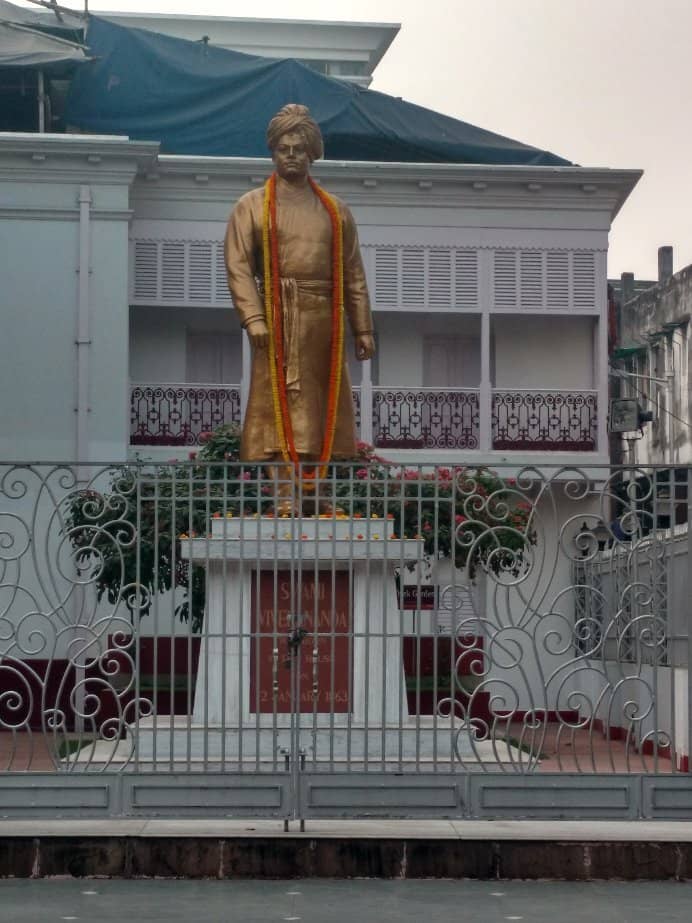
Swamiji's Birth Room
Ground Floor
The sacred space where Swami Vivekananda was born, with a clock set to the exact time of his birth. Feel the profound peace.
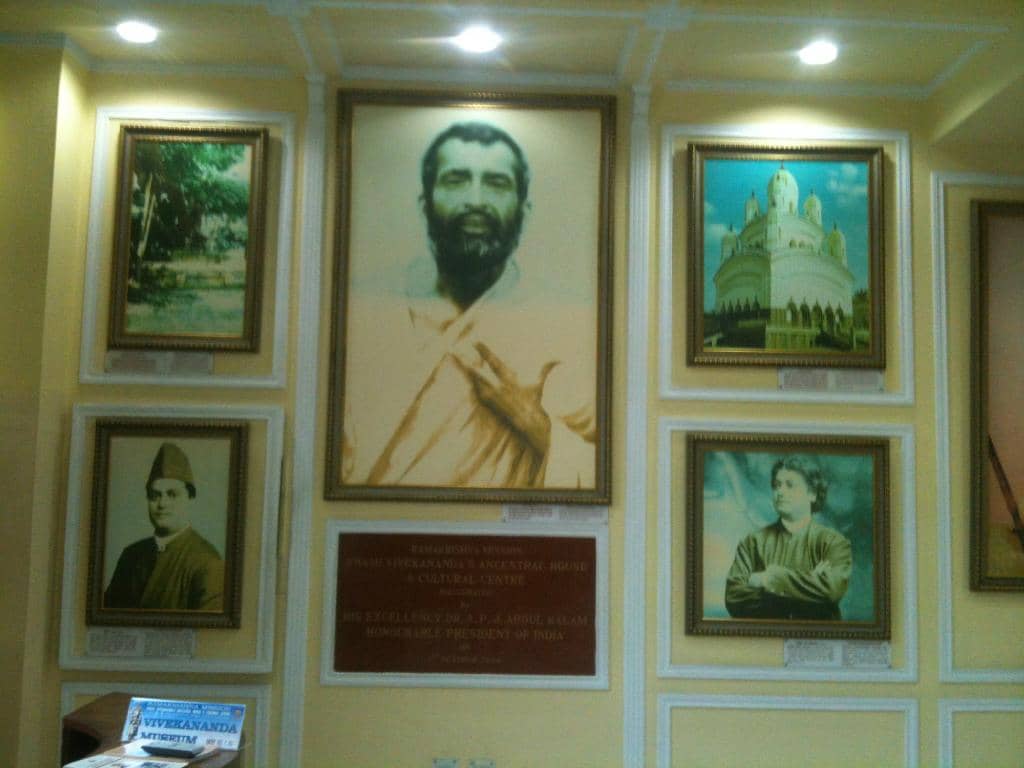
Restored Ancestral Home
Various rooms
Experience 19th-century Bengali life with antique furniture, wooden staircases, and the central courtyard. A glimpse into his childhood.
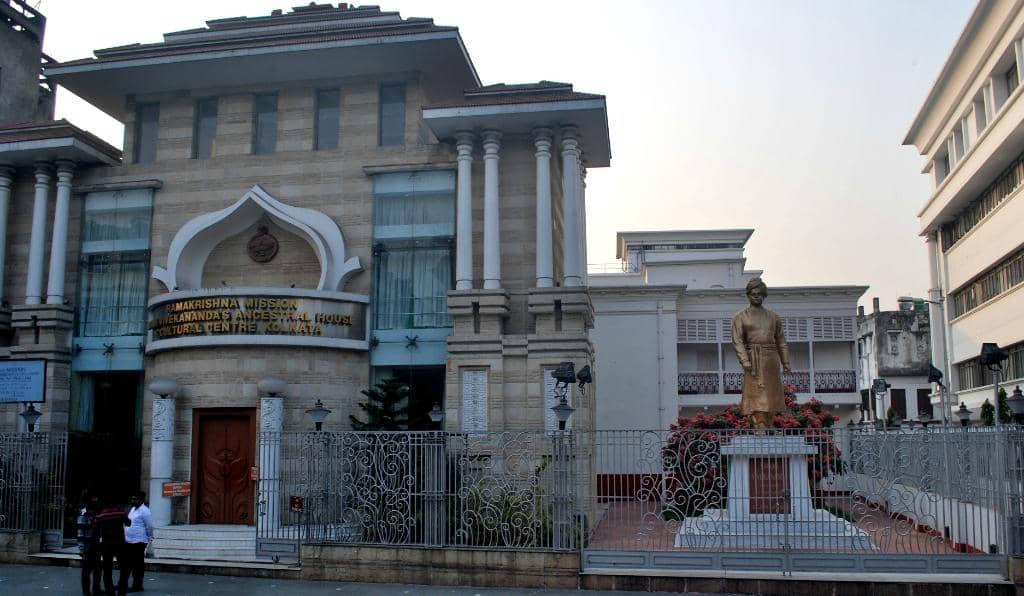
Museum & Galleries
Exhibition halls
See personal belongings, rare documents, and detailed dioramas of Vivekananda's life. Educational and inspiring.
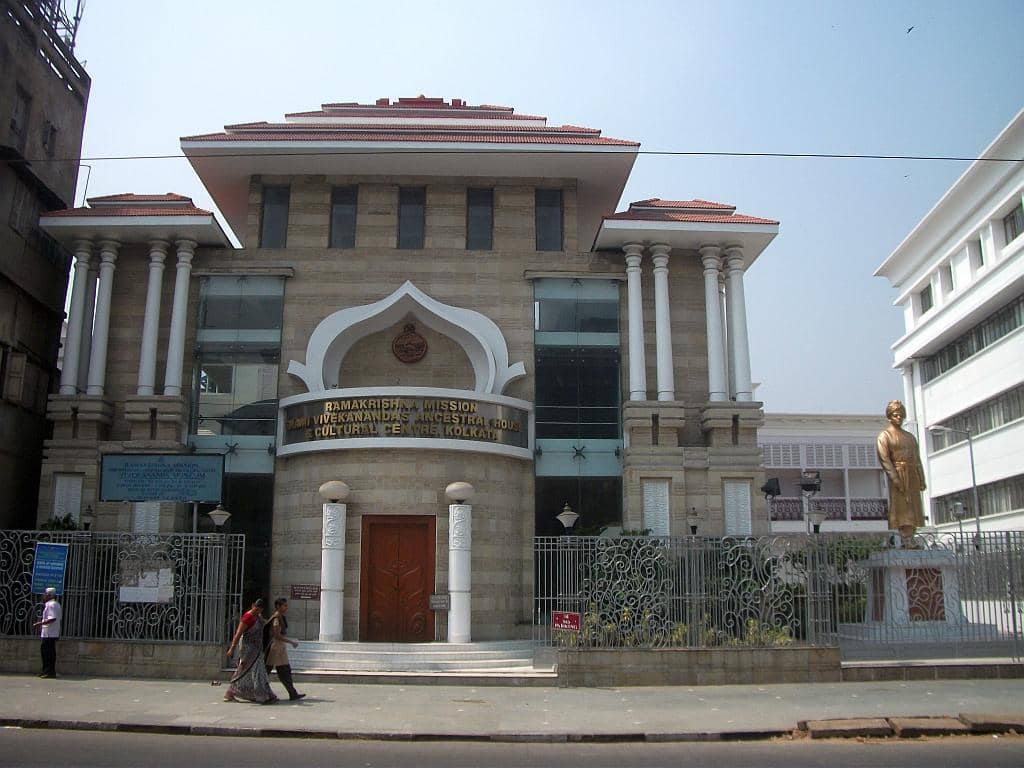
Multimedia Presentation
Mini theatre
A short, powerful documentary on Vivekananda's life and teachings. Highly recommended for a comprehensive understanding.
Plans like a pro.
Thinks like you
Planning Your Visit
Timing is Key for a Peaceful Visit
Respectful Exploration
Best Times
Insider Tips
from TikTok, Instagram & Reddit
🎯 Affordable Entry Fee
Only ₹10 to enter! A small price for a deeply inspiring experience.
🤫 Silence is Golden
Photography is strictly prohibited inside. Maintain silence to respect the sanctity of the place.
🎬 Watch the Documentary
The ~20 min film on Swamiji's life is a must-watch for context.
👟 Shoe Rack Available
Free shoe rack provided at the entrance. Keep your footwear secure.
Tips
from all over the internet
🎯 Affordable Entry Fee
Only ₹10 to enter! A small price for a deeply inspiring experience.
🤫 Silence is Golden
Photography is strictly prohibited inside. Maintain silence to respect the sanctity of the place.
🎬 Watch the Documentary
The ~20 min film on Swamiji's life is a must-watch for context.
👟 Shoe Rack Available
Free shoe rack provided at the entrance. Keep your footwear secure.
🚶♀️ Metro is Close
Girish Park Metro is a short walk away, making it easily accessible.
What Travellers Say
Reviews Summary
Visitors praise the Swami Vivekananda Ancestral House for its profound spiritual atmosphere and rich historical exhibits, all at an incredibly affordable entry fee. Many find the preserved ancestral home and the multimedia presentation particularly inspiring, offering a deep connection to Swamiji's legacy. However, the strict no-photography rule inside the museum can be a point of contention for some, and the lack of air conditioning might make visits uncomfortable during hot weather.
"📍 Address: 105, Vivekananda Road, Maniktala, Kolkata – 700006
🚇 Nearest Metro: Girish Park (approx. 5–7 min walk)
🕒 Timings:
Open: Tuesday to Sunday
Hours: 10:00 AM – 12:30 PM, 2:00 PM – 5:00 PM
Closed: Monday & public holidays
🎟️ Entry Fee: ₹10 (affordable for all)
🌟 OVERVIEW
This heritage site is the birthplace of Swami Vivekananda (born as Narendranath Datta in 1863), a towering spiritual figure of India and disciple of Sri Ramakrishna Paramahamsa. It has been transformed into a cultural and spiritual museum by the Ramakrishna Mission, yet retains the aura of a lived-in family home from the 19th century.
The museum combines historical preservation, educational programs, spiritual inspiration, and cultural enrichment under one roof — all set in a serene and respectful environment.
🏛️ WHAT TO EXPECT
🔹 1. Birth Room of Swamiji
A sacred and beautifully preserved room where Swami Vivekananda was born on 12 January 1863.
The clock in the room is set to the exact time of his birth.
Devotees often bow in reverence — the space radiates peace and stillness.
🔹 2. Restored Ancestral Home
The central courtyard, living areas, kitchen, and prayer room are maintained as they were in the late 1800s.
Wooden staircases, antique furniture, and Bengal-style architecture bring alive the family’s lifestyle during Swamiji’s time.
🔹 3. Museum & Galleries
Multiple rooms exhibit:
Swami Vivekananda’s personal belongings – boxing gloves, riding stirrup, shoes, letters
Family photos, early writings, rare documents
Detailed clay models and life-size dioramas showing key events in his childhood and spiritual life
A gallery on Indian Renaissance thinkers, including Rabindranath Tagore and Raja Rammohan Roy
🔹 4. Multimedia Presentation
There’s a mini theatre room showing a short documentary on Vivekananda’s life (~15–20 minutes, available in Bengali/English).
Highly recommended for first-time visitors and students — clear, well-produced, and emotionally powerful.
🔹 5. Meditation Hall and Temple
A calm space for quiet meditation and prayer, with soft chanting playing in the background.
A small Shiva temple in the complex reflects the Datta family’s traditional religious roots.
📚 EDUCATION & OUTREACH (CULTURAL CENTRE)
This isn’t just a museum — it’s a living institution:
Offers classes in:
Spoken English, Sanskrit, French, German, Spanish
Computer literacy, soft skills, communication
Yoga (general & certified training)
Has a public library of over 6,000 books (spirituality, science, Indian culture)
Conducts seminars, youth leadership programs, cultural talks, and health awareness camps
Runs a charitable dispensary offering homeopathic and allopathic care for the community
📷 PHOTOGRAPHY POLICY
Photography is allowed in the outer courtyard, garden, and temple areas
Photography and videography are strictly prohibited inside the rooms, galleries, and birth room — guards may intervene if rules are broken
Visitors are expected to maintain silence inside museum zones"
Dhriti Sundar Manik
"This is the house where Swami Vivekananda was born and spent his childhood before becoming a monk. The museum beautifully preserves and presents the history of Swamiji and his family through pictures, belongings, and exhibits. Short films on the life and teachings of Swami Vivekananda are also screened here, making the experience even more enriching. A must-visit for anyone seeking inspiration or wanting to connect with the legacy of one of India’s greatest spiritual leaders."
Tanmay Sarkar
"It was a nice experience visiting there. I got to know so many things about Swami Vivekananda, his family, and his life. From his birth to death, achievements every moments are presented wonderfully through paintings and digital media. There is also a visual show on him. You have to buy that ticket at the entry desk. The price of ticket for tge museum is only 10 rupees & I forgot about tge price for the show. You will find the show rack on your left from the main entrance. The most important thing is photography and videography is strictly prohibited inside the house. You are allowed to take your mobile-phone with you, but you shouldn’t try to take photos or videos, and it's better to keep your phone on silent mode. You should also maintain silence inside the house. To visit the whole house, you must have enough time in your hand. If you are in a hurry, I would suggest you not to visit, because to understand everything, you have to read the captions of everything i.e. paintings and the materials. You should avoid visiting there while there is hot weather as they don't have air conditioning inside the museum."
Simanta Gope
What People Like
What People Dislike
Frequently Asked Questions
🚇 🗺️ Getting There
The house is located at 105, Vivekananda Road, Manicktala, Kolkata. The nearest metro station is Girish Park, which is about a 5-7 minute walk away. This makes it quite accessible via public transport.
Parking directly in front of the museum is not allowed, but you can find parking options nearby.
From Howrah Station, you can take a taxi or an auto-rickshaw directly to Vivekananda Road. Alternatively, you can take a local train to a station closer to Manicktala and then a short auto-rickshaw ride. The metro from Girish Park is also a convenient option once you reach the area.
Yes, ride-sharing apps like Uber and Ola are readily available in Kolkata and can be used to reach the Swami Vivekananda Ancestral House.
While the ground floor is generally accessible, some older parts of the house and upper floors might have stairs. It's advisable to check accessibility details upon arrival if you have specific mobility concerns.
🎫 🎫 Tickets & Entry
The entry fee is very affordable at just ₹10 per person. There's an additional charge for the multimedia presentation (3D movie), which is also reasonably priced.
The house is open from Tuesday to Sunday, with timings from 10:00 AM to 12:30 PM and 2:00 PM to 5:00 PM. It is closed on Mondays and public holidays.
Advance booking is generally not required for regular entry. You can purchase tickets at the entry desk upon arrival.
Yes, there is a separate ticket for the short documentary on Swami Vivekananda's life, which is shown in a mini theatre. You can purchase this at the entry desk.
While the entry fee is already very low, it's always a good idea to inquire at the ticket counter about any potential student discounts or group rates, especially for educational visits.
🎫 🧭 Onsite Experience
No, photography and videography are strictly prohibited inside the museum, galleries, and the birth room. You are allowed to take your mobile phone, but it must be kept on silent mode. Photography is permitted in the outer courtyard, garden, and temple areas.
The museum features Swami Vivekananda's personal belongings, family photos, rare documents, clay models, and dioramas depicting his life. There's also a gallery on Indian Renaissance thinkers.
Yes, there is a calm meditation hall and a small Shiva temple within the complex, reflecting the family's traditional religious roots.
To fully appreciate the exhibits and read the captions, it's recommended to allocate at least 1-2 hours. If you're in a hurry, you might miss out on the details.
The clock in Swamiji's birth room is set to the exact time of his birth, adding a poignant touch to the sacred space.
🍽️ 🍽️ Food & Dining
There are no food or dining facilities within the Swami Vivekananda Ancestral House itself. It is a heritage and cultural site.
There are several local eateries and restaurants in the vicinity. A notable mention is Chacha's Hotel, located opposite the ancestral house on Bidhansarani, known for its affordable and delicious meals.
You can find a variety of Bengali cuisine, street food, and other Indian dishes in the restaurants and stalls around the area. Chacha's Hotel offers a feast of 17 items for a set price.
While specific cafe recommendations aren't highlighted, the surrounding Manicktala area has numerous small shops and eateries where you can grab a quick snack or a cup of tea.
It's a good idea to have a meal before your visit, especially if you plan to spend a significant amount of time exploring the museum and its exhibits.
📸 📸 Photography
Photography and videography are strictly prohibited inside the museum, galleries, and the birth room. You can take photos in the outer courtyard, garden, and temple areas.
No, you cannot take pictures of any exhibits inside the museum. Guards are present to enforce this rule.
The outer courtyard, the traditional Bengali architecture of the house, and the garden areas offer good opportunities for photography.
Selfies are also prohibited inside the museum areas. You can take them in the permitted outdoor spaces.
The restriction is to preserve the sanctity of the historical artifacts and the spiritual atmosphere of the birthplace.
For Different Travelers
Tailored advice for your travel style
👨👩👧 Families with Kids
While photography is restricted inside, the outer courtyard and garden provide space for children to move around. It's a great opportunity to introduce children to the life and teachings of a significant Indian figure in a respectful and accessible manner. Consider watching the documentary to provide a clear narrative of Swamiji's journey.
📚 Students and Researchers
Educational excursions are frequently organized here, highlighting its importance as a learning center. The multimedia presentation offers a concise yet comprehensive overview, perfect for students needing a quick grasp of his biography and philosophy.
🧘 Spiritual Seekers
The teachings of Vivekananda, emphasizing self-realization and service, resonate strongly within these walls. The presence of a small Shiva temple further adds to the spiritual ambiance. It's a place to find inspiration and a deeper understanding of Vedanta philosophy.
Deep Dives
In-depth insights and expert knowledge
The Legacy of Swami Vivekananda
His teachings emphasized universalism, service to humanity, and the inherent divinity within every individual. He was a strong advocate for education, particularly for women and the underprivileged, and his ideas continue to inspire millions worldwide. The ancestral house serves as a tangible link to his formative years, offering insights into the environment that shaped his extraordinary life.
Visiting the Swami Vivekananda Ancestral House is more than just a historical tour; it's an opportunity to connect with the life and philosophy of a man who profoundly impacted modern India and the world. The exhibits, personal belongings, and the very atmosphere of the house aim to evoke his spirit of courage, wisdom, and selfless service.
Exploring the Cultural Centre
The center also boasts a public library with over 6,000 books covering spirituality, science, and Indian culture. It regularly organizes seminars, youth leadership programs, cultural talks, and health awareness camps, reflecting Vivekananda's holistic approach to human development. This makes the ancestral house a living institution, actively contributing to the intellectual and spiritual growth of the community.
Furthermore, the center hosts art exhibitions, painting, and photography events, showcasing local talent and fostering cultural exchange. These activities ensure that the legacy of Swami Vivekananda is not just preserved but also actively propagated through contemporary cultural expressions and community service.
Preserving 19th-Century Kolkata Architecture
The architectural style is characteristic of the era, offering a glimpse into the domestic life of a prominent Bengali family in colonial India. The preservation efforts ensure that the building itself tells a story, complementing the exhibits within. The serene atmosphere, enhanced by the traditional design, contributes to the overall contemplative experience of visiting the site.
Visitors often remark on the peaceful ambiance of the house, which is partly due to its thoughtful preservation and architectural design. The blend of historical accuracy and spiritual significance makes it a unique heritage site in Kolkata.



Social
from TikTok, Instagram & Reddit